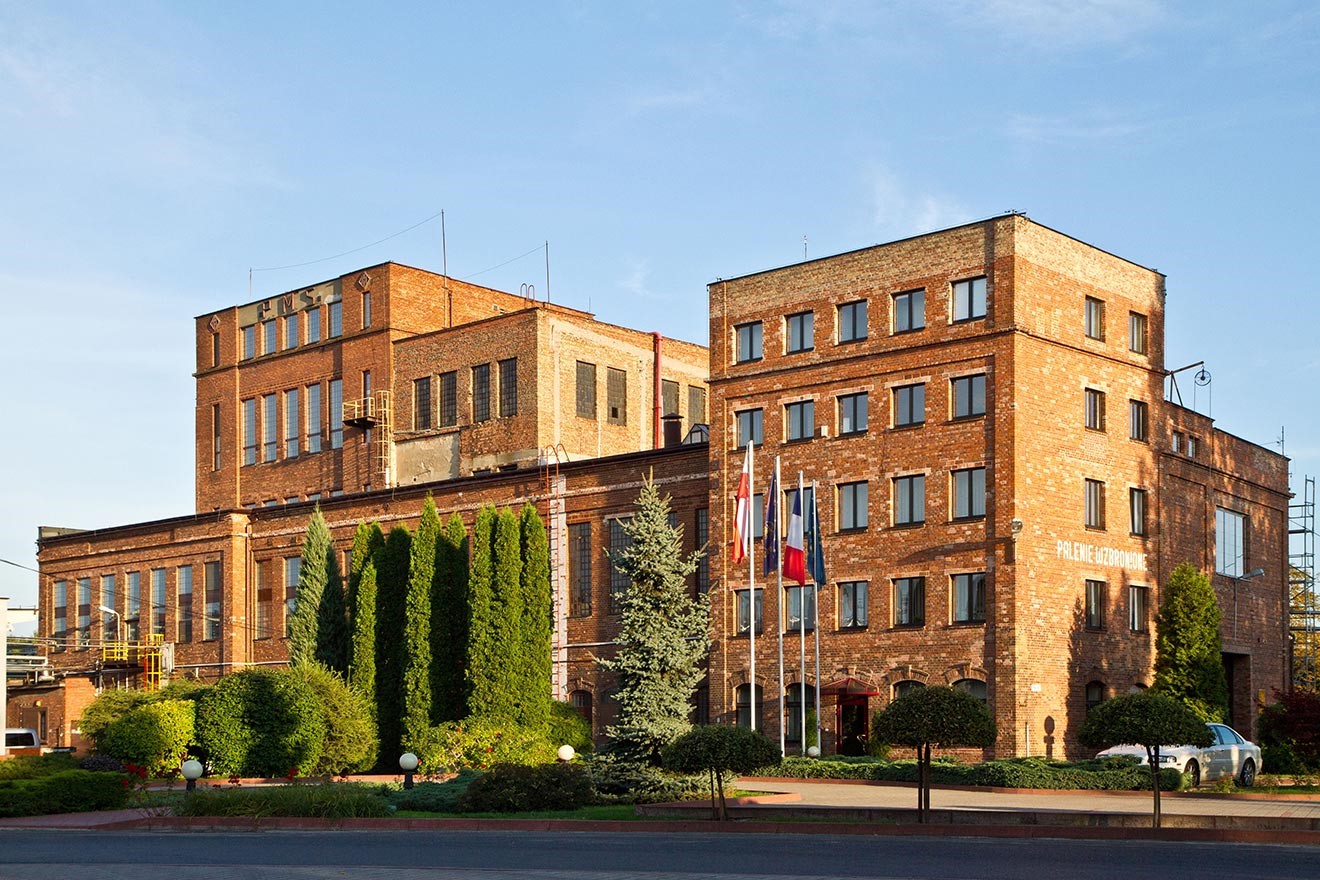
Installation of a biomass power plant in Belvedere’s vodka distillery
To decarbonize the energy used by the Polish distillery and reduce its GHG emissions, the Maison Belvedere has installed a biomass power plant to replace its gas needs..

For the Maison Louis Vuitton worldwide, stores account for 82% of greenhouse gas emissions linked to electricity (and 70% of electricity consumption).
Among these stores, the 2 Taiwanese stores and 8 Chinese stores are particular in two respects:
The interest of the project launched by Louis Vuitton is to install, in each site, a lighting control for facades and windows connected to an electronic timer. The slots during the switch off of the lights have been planned (especially at night). No human intervention is necessary, everything is automatic.
This initiative will result in an overall energy saving estimated at 538 MWh per year (408.8 MWh in Chinese stores and 129.2 MWh in Taiwanese stores). It should prevent the emission of 395 metric tonnes of greenhouse gases each year.
Note: this project is the result of the program launched by Louis Vuitton which allows each year the environmental community of the zones, called “Green Team”, to highlight non-budgeted initiatives by presenting them to Michael Burke, the President of the House. In 2019, 19 projects were financed by Louis Vuitton on behalf of the LVMH Carbon Fund.
on which the project has a significant impact
Scope 2 – Switch off of facades and windows at night.
538 MWh per year (408.8 MWh in Chinese stores and 129.2 MWh in Taiwan stores).
394 tonnes of greenhouse gases avoided per year, i.e. a 52% reduction in emissions from the 10 stores
10 000€
2019
Taïwan et China
This project contributes to SDG 12 Responsible consumption and production.
Through this project, the 10 stores are reducing their energy consumption, thereby raising employees’ awareness of more sustainable consumption patterns.
This system can be replicated in each store, the carbon impact depending on the country’s energy mix (the more the country is carbon intensive, the greater the emissions are avoided).
Regular adjustment of the system is necessary to synchronize the opening / closing times of the store with the switching off / on of facades and windows.
emmanuel.large@louisvuitton.com

To decarbonize the energy used by the Polish distillery and reduce its GHG emissions, the Maison Belvedere has installed a biomass power plant to replace its gas needs..
AFEP (Association of French large companies) is an association representing 111 of the largest companies operating in France. It participates in the public debate with the ambition to provide pragmatic answers in favour of the development of a competitive and sustainable French and European economy, conducive to the growth of all companies.